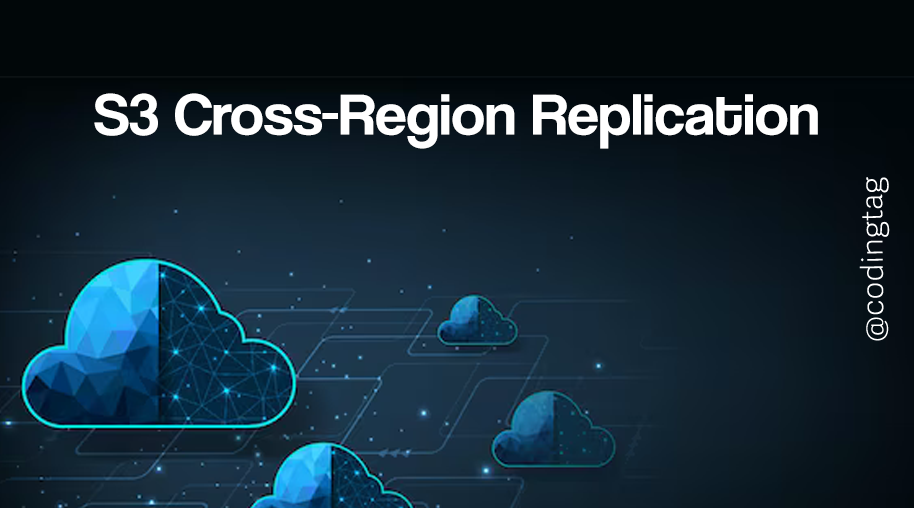Pulumi vs Terraform
0 659
⚔️ Pulumi vs Terraform: A Modern IaC Showdown
In the world of cloud infrastructure automation, two tools stand out — Pulumi and Terraform. Both are leaders in Infrastructure as Code (IaC), enabling developers and DevOps teams to define, provision, and manage cloud resources using code. However, each brings a unique philosophy and feature set to the table.
In this blog, we’ll compare Pulumi vs Terraform in detail — helping you decide which fits your workflow better.
📚 What Is Terraform?
Terraform, developed by HashiCorp, is an open-source IaC tool that uses its own declarative language called HCL (HashiCorp Configuration Language). It allows users to define infrastructure for a variety of providers (AWS, Azure, GCP, etc.) using a single workflow.
provider "aws" {
region = "us-east-1"
}
resource "aws_instance" "web" {
ami = "ami-0c55b159cbfafe1f0"
instance_type = "t2.micro"
}
🧾 What Is Pulumi?
Pulumi is a newer IaC tool that enables infrastructure provisioning using general-purpose programming languages like JavaScript, Python, Go, C#, and TypeScript. This lets developers use familiar tools, testing frameworks, and logic structures.
import * as aws from "@pulumi/aws";
const server = new aws.ec2.Instance("web", {
ami: "ami-0c55b159cbfafe1f0",
instanceType: "t2.micro",
});
🔍 Language Support
- Terraform: Uses HCL — clean and readable, but limited in logic and conditionals.
- Pulumi: Supports full-fledged programming languages — ideal for complex logic, loops, and conditions.
🛠️ Setup and Learning Curve
- Terraform: Easy to set up with CLI and requires basic HCL syntax knowledge.
- Pulumi: Slightly more complex due to language dependencies but very developer-friendly for those with coding backgrounds.
☁️ Multi-Cloud Capabilities
Both tools offer extensive support for major cloud providers, but Terraform has broader community-backed providers, including unofficial and legacy systems.
📦 State Management
- Terraform: Uses a state file to track resources, which can be stored locally or remotely (e.g., S3, Terraform Cloud).
- Pulumi: Also manages state but offers Pulumi Cloud for state management, or you can opt for self-managed backends.
🔐 Security and Secrets
- Terraform: Offers limited built-in secrets management; often integrates with Vault or AWS Secrets Manager.
- Pulumi: Has encrypted secrets built into Pulumi Cloud and supports secure secret handling by default.
💬 Community and Ecosystem
- Terraform: Larger, mature community with tons of modules (Terraform Registry).
- Pulumi: Growing ecosystem, great documentation, and developer-first approach — but smaller than Terraform’s user base.
📊 Performance and CI/CD Integration
- Both tools integrate well with popular CI/CD tools like GitHub Actions, GitLab CI, and Jenkins.
- Pulumi may feel faster for smaller deployments due to its direct use of SDKs, while Terraform leverages a provider plugin model.
📌 When to Choose Pulumi
Opt for Pulumi if your team is full of developers who prefer programming languages over learning a new DSL. Pulumi shines when you need to embed dynamic logic, reuse components, or deeply integrate with app code.
📌 When to Choose Terraform
Choose Terraform for its simplicity, strong ecosystem, and robust community support. It’s an excellent choice for teams adopting IaC who value stability, extensive provider support, and clear configuration files.
🧮 Final Comparison Table
| Feature | Pulumi | Terraform |
| Language | General-purpose (TS, JS, Python, etc.) | HCL |
| Learning Curve | Moderate (depends on language) | Low (simple DSL) |
| Community | Smaller but growing | Large and mature |
| Cloud Provider Support | Strong | Excellent |
| Modularity | Excellent (code libraries) | Strong (modules) |
✅ Conclusion
Pulumi vs Terraform isn’t about one being better than the other — it’s about choosing the right tool for your team’s needs and expertise. Terraform offers stability, simplicity, and wide adoption, while Pulumi provides flexibility, familiar languages, and developer ergonomics. Evaluate your use case, team skill set, and cloud strategy to make an informed choice.
If you’re passionate about building a successful blogging website, check out this helpful guide at Coding Tag – How to Start a Successful Blog. It offers practical steps and expert tips to kickstart your blogging journey!
For dedicated UPSC exam preparation, we highly recommend visiting www.iasmania.com. It offers well-structured resources, current affairs, and subject-wise notes tailored specifically for aspirants. Start your journey today!

Share:







Comments
Waiting for your comments